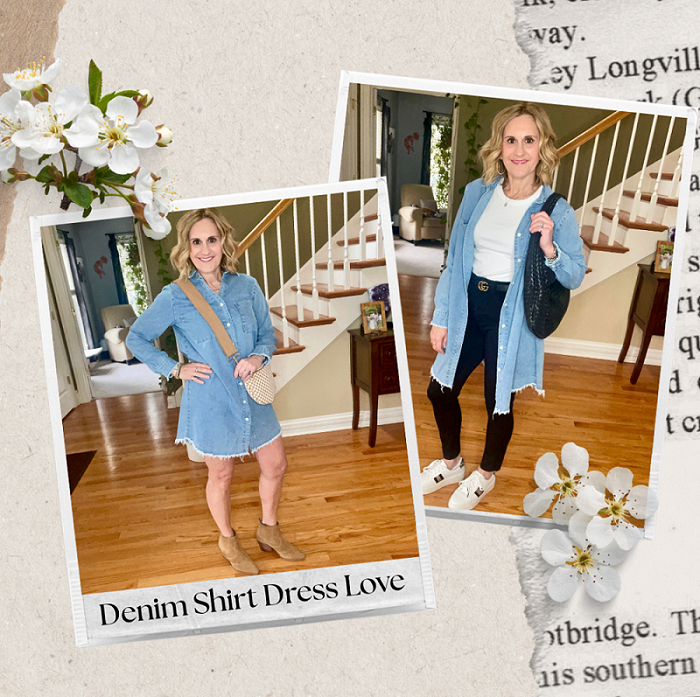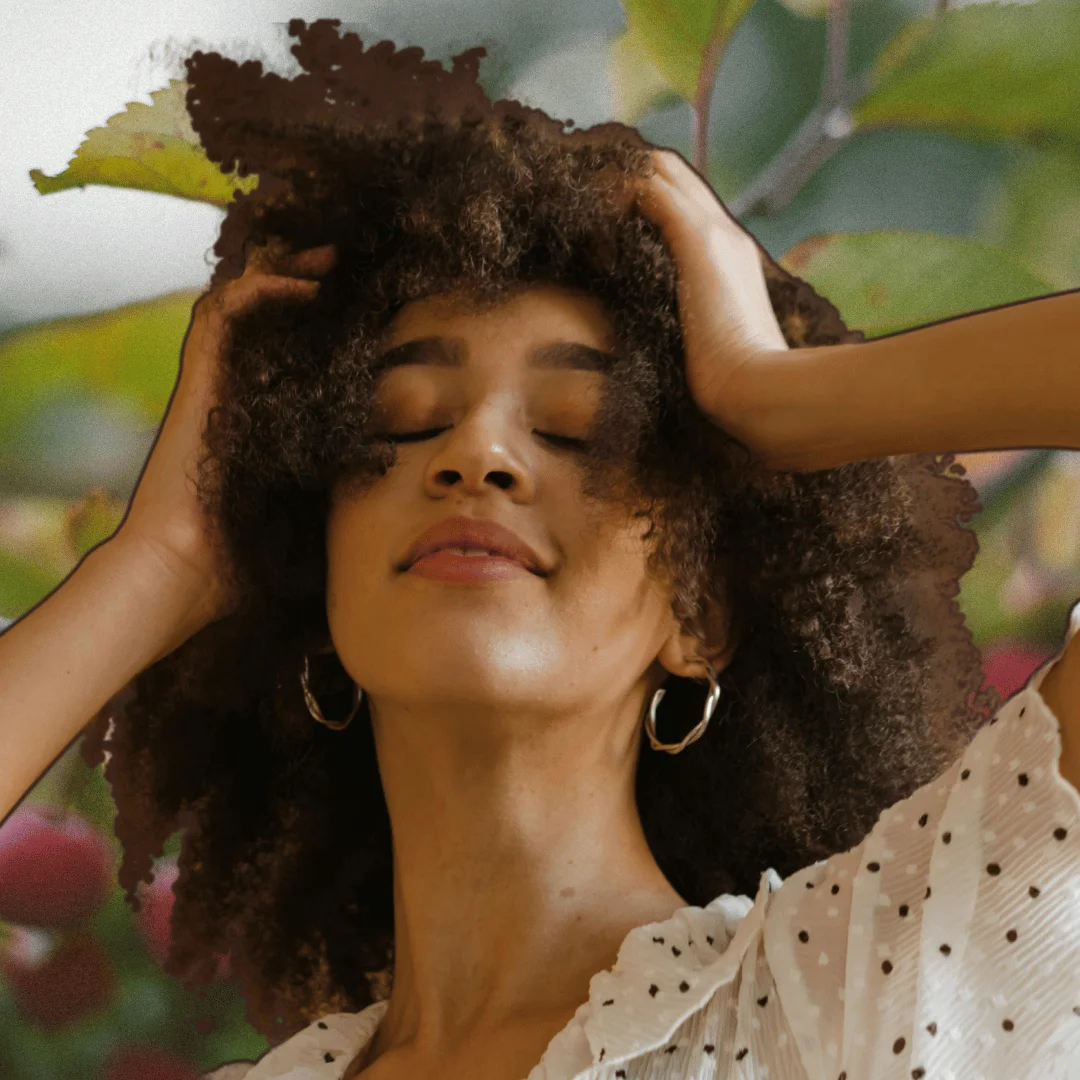Some Denim Shirt Dress Love for the Spring Season

Sharing some denim shirt dress love for the spring season in today’s post. This easy breezy dress was an Amazon find during their spring sale. I wanted a dress that

Sharing some denim shirt dress love for the spring season in today’s post. This easy breezy dress was an Amazon find during their spring sale. I wanted a dress that

Step into the spring season with cool sneakers and a pretty glow. Today I’m sharing products that were gifted to me that I love. First up is a pair of

Be spring chic in a green knit vest and white flared jeans this season. I found this pretty vest on Amazon when I perusing the site. I don’t normally go

Dress in the color of the year Mocha Mousse with the Blonde Squad. I am happy to report that we are finally back with another blog hop. Mocha Mousse was

For those of us blessed with curls, finding the perfect hair care routine can feel like solving a complex puzzle. Between managing frizz, defining curls, and keeping our scalps healthy,

Office spaces are not exactly known for having the snazziest decor, are they? Beige walls, fluorescent lighting, and furniture that screams ‘corporate sensible’ hardly inspire creativity. But pop a vibrant

The first tender rays of sunshine have barely broken through winter’s grip, yet fashion’s collective pulse quickens as trench coats reclaim their rightful place in our seasonal rotation. As former

Today I’m sharing how to bring chic resort style to your Mexican vacation or any warm weather vacation. We are leaving this Sunday for Cancun and staying at the Garza

Spring fashion rebirth is upon us, and Mango’s new collection brilliantly embodies the season’s bright potential. As daylight stretches longer and temperatures rise, our wardrobes crave that perfect balance of

I’m getting ready for my Mexican vacay with this pretty puff sleeve dress from Walmart. Yes, I said Walmart! My husband and I are heading out in the beginning of